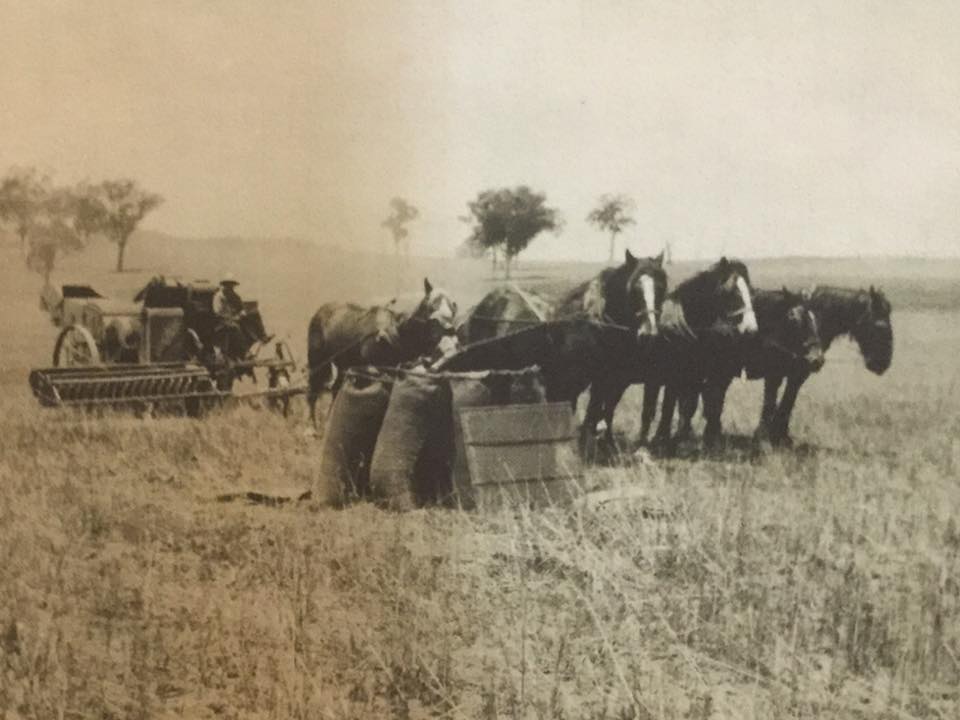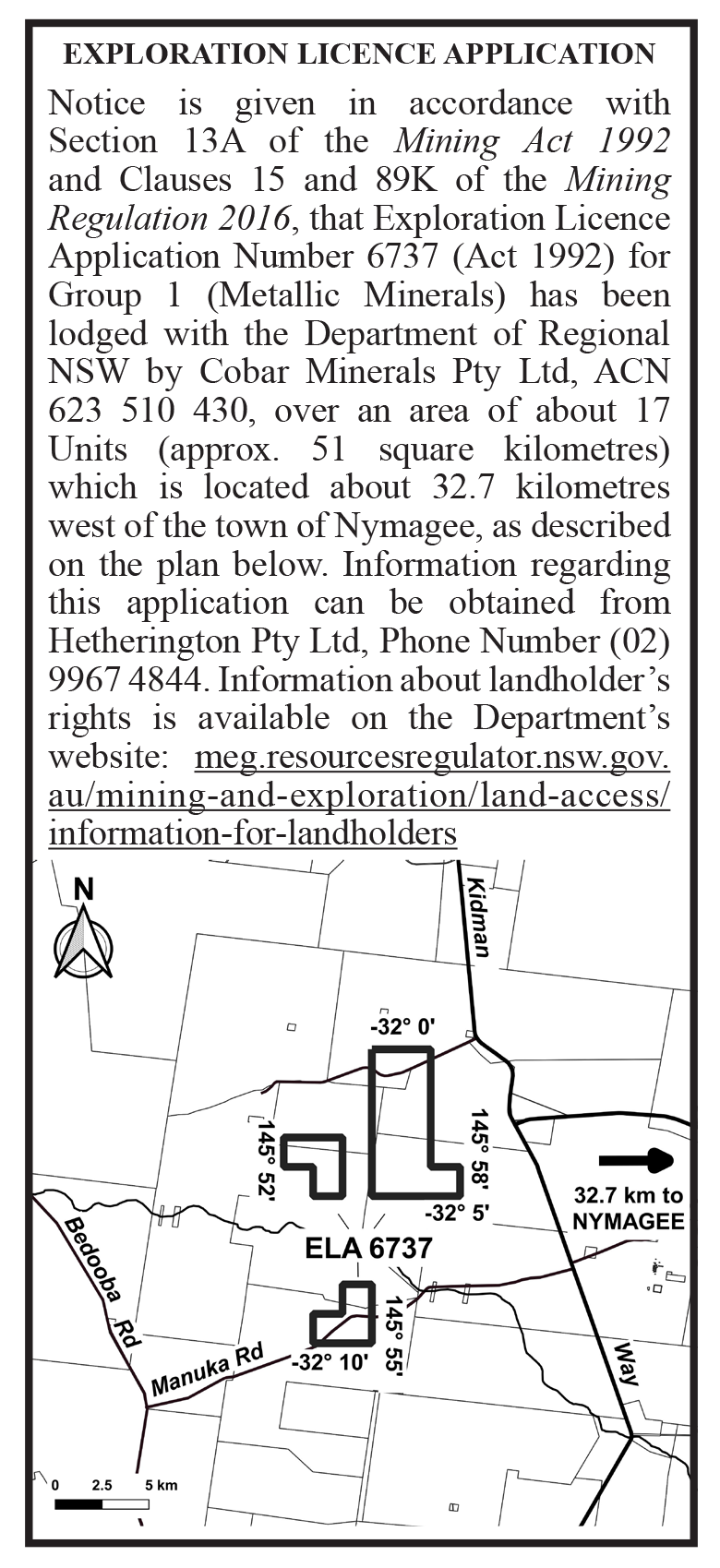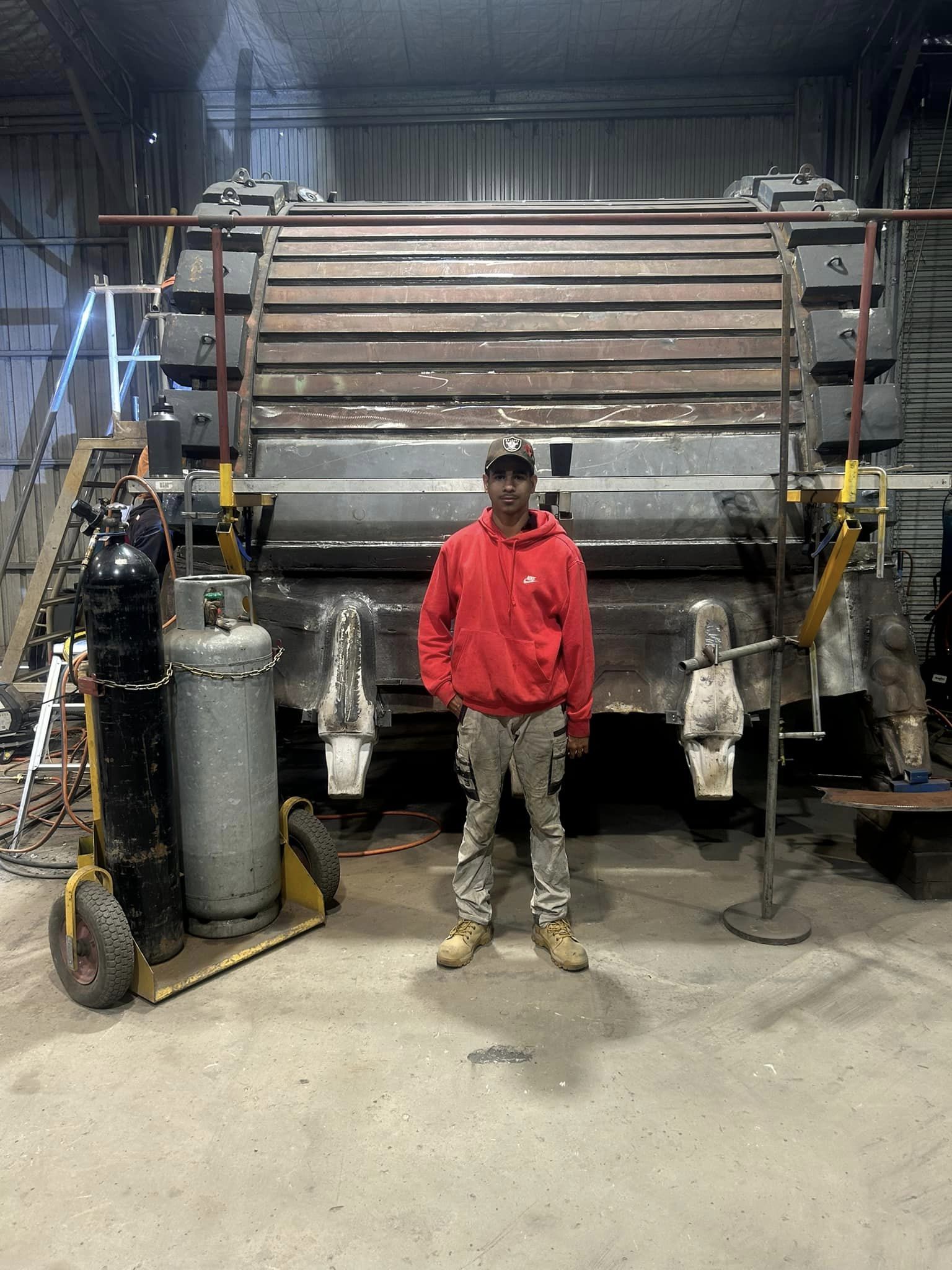Horses at work and at play on display at Museum
A collection of Condobolin horses at work and play can be found at the Condobolin and District Historical Museum.
Take a moment to reflect on the history of horses in the local area at the Museum, which is located at 35 Bathurst Street in Condobolin (next to the Post Office).
The history of horses in Australia is a long and varied one.
Horses arrived with the First Fleet in 1788 on the Lady Penrhyn. Shipments of working farm horses followed, and the first record of horses either escaping into the bush or being abandoned was in 1804.
Horse racing also became well established in and around Sydney by 1810. The first official race was organised by officers of Governor Macquarie’s 73rd Regiment and held at Hyde Park.
In the early decades of European settlement, farmers relied on people working with hand tools to plant, harvest, and process crops, however from the 1830s draught horses and lighter workhorses became the key form of power on Australian farms.
“For more than a century, horses coupled to an expanding range of machines worked the land, helping to drive agricultural expansion, defining farm life and reshaping the land,” www.nma.gov.au (National Museum Australia) said.
Horses were not just used as working animals on farms, but those in the cities also relied on them for their strength and endurance.
“At the turn of the 19th century, tens of thousands of horses lived and worked in Australia’s cities. An estimated 20,000 horses were stabled in Melbourne in the 1880s, and in the same period Sydney’s horse population supported over 50 livery stables, more than 100 saddlers and coachbuilders and over 200 carriage and buggy proprietors,” www.nma.gov.au said. “Horses hauled goods between shops, homes, factories and docks, pulled cabs, omnibuses and private vehicles, and helped with construction projects.
“They also provided humans with leisure and entertainment.”
In times of war, horses were also called upon to share the burden.
“From the 1830s to the 1940s Australian horses in their hundreds of thousands were sent to live, work and die on overseas battlefields. At first, lighter types suited as infantry remounts, as well as heavier artillery and gun horses, were sold to the British Army for allocation to British and Indian Army units in Asia and the Middle East,” www.nma.gov.au said.
“The remounts, usually Thoroughbreds crossed with hard station horses carrying Arab, Timor pony and Cape horse bloodlines, became known as ‘Walers’, because the first exports were shipped from New South Wales.
“Demand for quality cavalry horses also grew at home from the 1850s, as locals formed volunteer units of mounted troops. From the 1880s Australian colonial troops also took their own mounts to wars in Africa and during the First World War, Australia shipped almost 120,000 horses overseas.
“Thirty thousand Australian Light Horse mounts went to the Middle East, another 80,000 horses were supplied to Indian cavalry units, and a further 10,000 were sent to haul artillery and supplies through the mud and cold of the Western Front.
“The Australian Light Horseman, mounted on his Waler, became a national symbol of heroism, endurance and sacrifice.”
Condobolin and District Museum is a volunteer run attraction supported by The Lachlan Shire Council.
The building itself was built in 1910, and if you want make contact, send them an email at condobolinmuseum@gmail.com or visit their Facebook Page (Condobolin & District Historical Museum).
Latest News
Local youth go Fishing!
Local youth Kaidan, Antrell and Dion have been enjoying a [...]
Jean celebrates a magnificent milestone
Happy birthday to Jean Piper who celebrated her 80th Birthday [...]
Amazing results
Condobolin Public School’s Cleo Whiley is the seventh fastest 11 [...]
Tyreese begins his Boilermaker journey
Tyreese Colliss, a Lachlan and Western Regional Services Incorporated Supported [...]
Scholarships awarded
Several Condobolin High School students were recognised with Condobolin RSL [...]
Burrawang Park works complete
Council is pleased to advise the upgrade of Burrawang Park [...]














